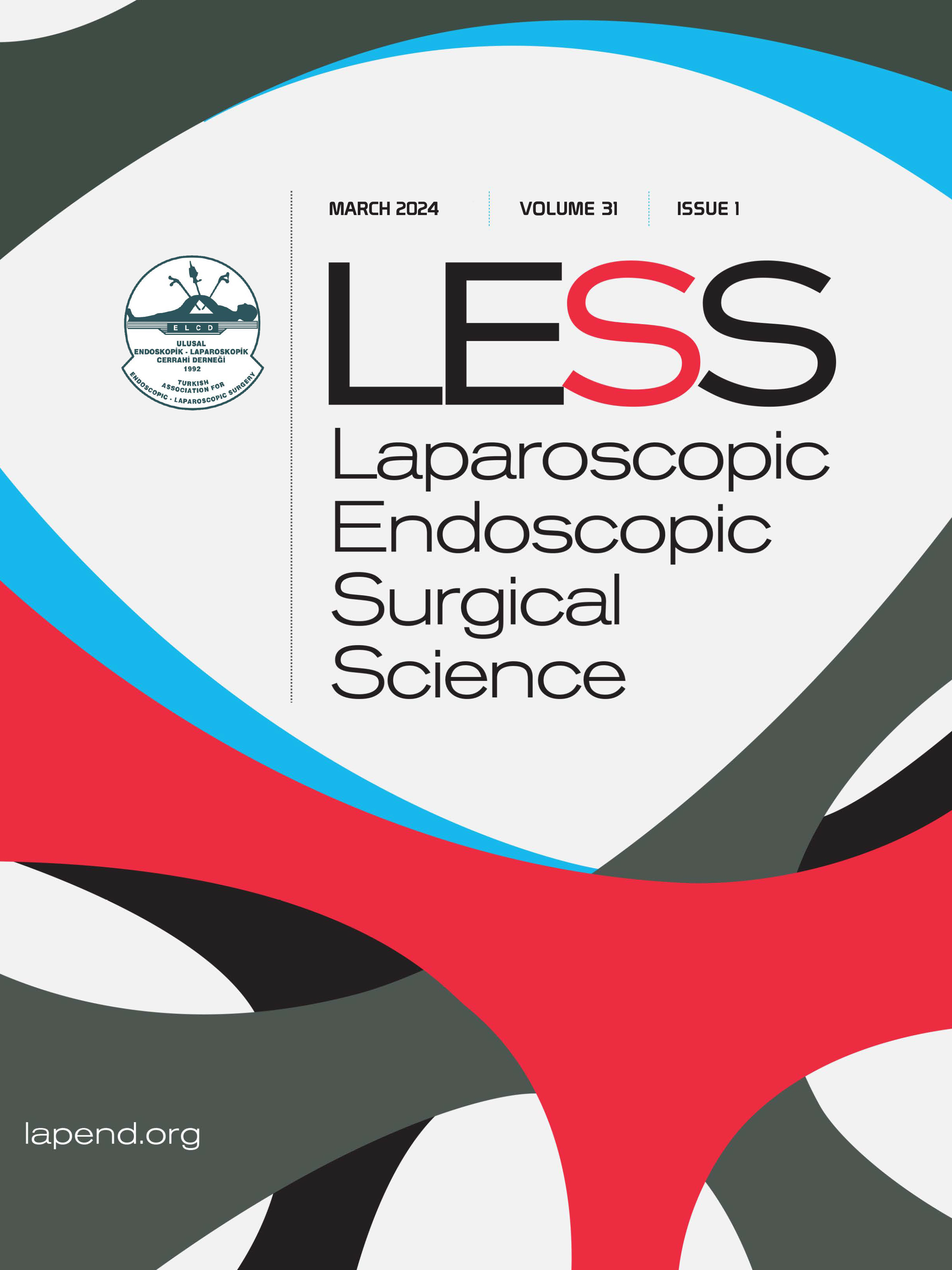Factors affecting the treatment success of sleeve gastrectomy with concomitant hiatal hernia repair on gastroesophageal reflux disease in patients with obesity
Alper Öztürk1, Yusuf Çelik21Department of General Surgery, Biruni University, Faculty of Medicine, Istanbul, Türkiye2Department of Medical Informatics and Biostatistics, Biruni University, Faculty of Medicine, Istanbul, Türkiye
INTRODUCTION: This study aims to investigate the effects of concomitant laparoscopic sleeve gastrectomy (LSG) and hiatal hernia repair (HHR) on gastroesophageal reflux disease (GERD) and identify other factors that influence the success of the surgery in a patient with obesity.
METHODS: A prospective study design was used to evaluate GERD symptoms in patients undergoing concomitant LSG+HHR, using the GERD symptom score (SS) questionnaire before and after the surgery. Logistic regression and receiver operating characteristic (ROC) analysis were employed to identify factors contributing to symptom improvement.
RESULTS: A total of 112 patients underwent the surgery, with 94 (75.3%) of them being female. The mean age was 37.41±10.44, and the body mass index (BMI) was 44.37±6.788. Eleven (9.8%) patients underwent concomitant cholecystectomy. Esophagitis was present in 22 (19.64%) patients before the surgery. The mean pre-operative GERD SS was 12 (418), which significantly decreased to a mean post-operative GERD SS of 0 (018) (p<0.001). Logistic regression and ROC analysis were used to evaluate other factors influencing the improvement of GERD symptoms. The variables identified were as follows: 6th-month weight (odds: 4.010; p<0.001), 6th-month BMI (odds: 3.644; p<0.001), 6th month excess weight (EW) (odds: 2.743; p<0.01), 6th month EW loss% (odds: 2.699; p<0.001), and 6th month total weight loss % (odds: 2.361; p=0.003).
DISCUSSION AND CONCLUSION: Concomitant LSG+HHR appears to be an effective treatment method for improving GERD symptoms. Post-operative weight loss of the patient was found to be another effective factor in the improvement of symptoms.
Corresponding Author: Alper Öztürk, Türkiye
Manuscript Language: English












